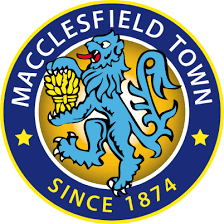Understanding TFL: Key Updates and Future Prospects
Introduction to TFL
Transport for London (TFL) is a crucial component of daily life in the capital, overseeing the city’s extensive public transport network, which includes the London Underground, buses, and rail services. With millions of London residents and visitors relying on its services, TFL plays a pivotal role in maintaining the infrastructure of the city and ensuring efficient mobility. Recent developments in TFL’s operations, especially in the post-pandemic era, highlight the organisation’s adaptability and focus on sustainability.
Current Operations and Challenges
As of late 2023, TFL faces numerous challenges, including financial constraints due to the ongoing effects of the COVID-19 pandemic. Ridership levels are gradually recovering but have yet to return to pre-pandemic figures. Recently, TFL announced plans to reduce operational costs by streamlining services while still prioritising safety and accessibility for passengers. In October 2023, TFL launched a campaign encouraging active travel, promoting walking and cycling as viable alternatives to bus and tube journeys, thereby aiming for a greener London.
Innovations in Public Transport
TFL continues to innovate with technology as well, recently introducing contactless payment options and mobile ticketing solutions to enhance user experience. The expansion of the Elizabeth Line, connecting central London to the outer boroughs, has been a highlight, improving commute times significantly. Moreover, TFL has invested in greener buses that are now a common sight on the streets, aligning with Mayor Sadiq Khan’s vision for a cleaner transport system.
Future Outlook
Looking forward, TFL is focusing on several key initiatives. The goal is to rebuild passenger confidence and increase usage of public transport services whilst promoting sustainable alternatives. Plans include further enhancements to digital apps for real-time updates and seamless journey planning. Additionally, as part of its commitment to combating climate change, TFL aims to achieve a zero-carbon transport network by 2030.
Conclusion
In summary, TFL remains at the forefront of London’s public transport system, adapting to new challenges while innovating for a sustainable future. For Londoners and visitors alike, understanding TFL’s ongoing developments and future plans is essential to navigating the city’s transportation landscape effectively. As the organisation moves towards a more eco-friendly and technologically advanced operation, continued public support and engagement will be vital to its success.









